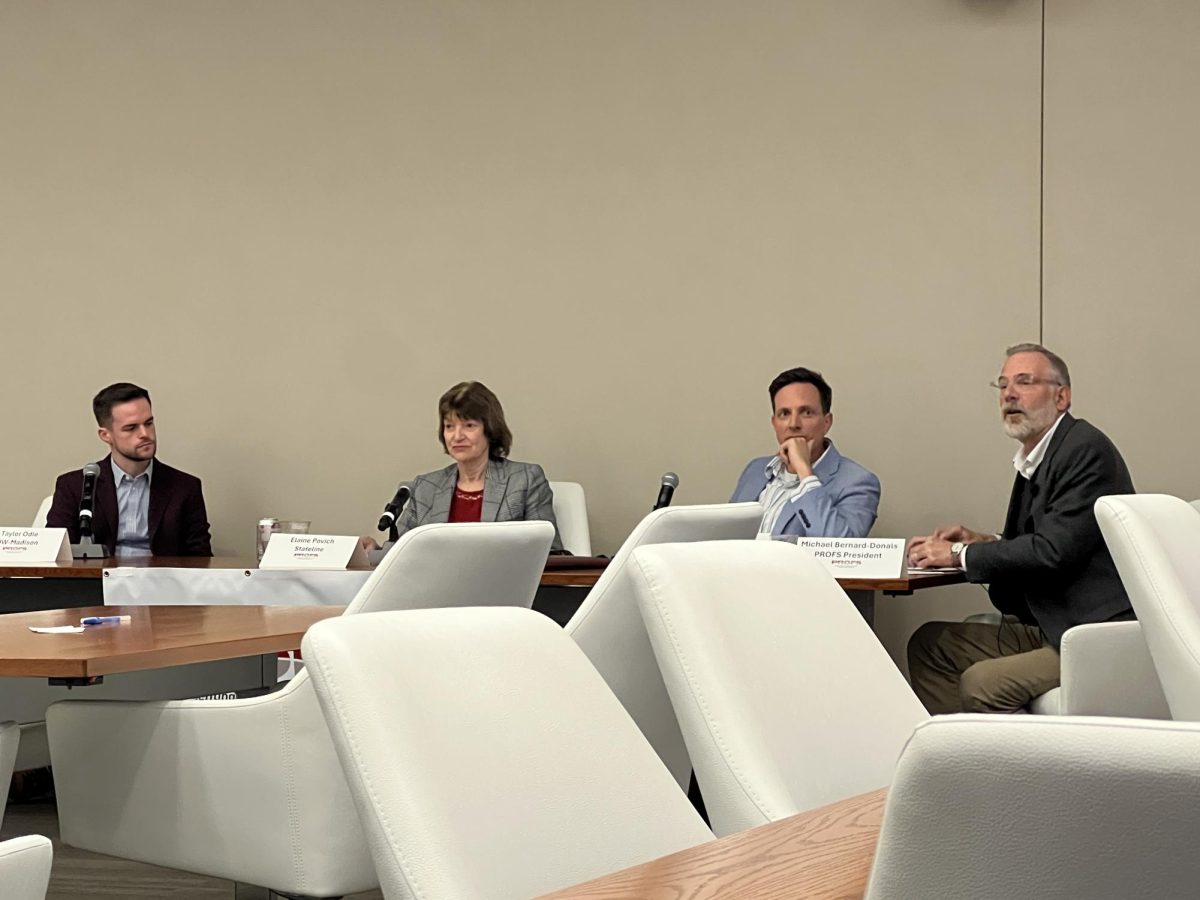The most recent unemployment figures released by the U.S. Department of Labor confirm the importance of a college degree for those in the labor force. While long–term unemployment has sky–rocketed over the last year by over 50 percent, studies show the higher education a person has, the greater their chances of landing a job.
Many would believe that a rise in unemployment numbers would mean a decrease in job opportunities for college graduates. However, this speculation is highly unlikely, said Steven Durlauf, a professor of economics.
“People experiencing layoffs are generally the unskilled,” Durlauf said. “Those who have skills shouldn’t run into as many problems.”
The relationship between unemployment and educational achievement is clearly defined. Data from the Bureau of Labor Statistics shows that while the percentage of unemployment for those who lack a high school degree increased from 6.6 percent in August 2001 to 8.4 percent in August 2002, the rate of unemployment for college graduates actually dropped from three percent in April 2002 to 2.7 percent in August 2002.
A recent New York Times article stated that the number of people experiencing long–term unemployment–at least 15 weeks of joblessness–has risen 50 percent over the last year. The Department of Labor stated that about three million people nationwide have been unemployed for at least 15 weeks, while half of those have not worked for as long as six months.
The most recent figures state that the unemployment rate is currently just under six percent, which matches figures from the late ’70s and early ’80s.
One reason long–term unemployment numbers seem particularly worrisome to some is that when compared to those from economic slowdowns of the past, the length of unemployment is considerably longer.
According to the NY Times, during the late ’70s and early ’80s, the average length of unemployment was around 10 to 12 weeks. The most recent numbers from August 2002 put that number at around 16.2 weeks.
So what has caused the average length of time to go up by so much?
Korinna Hansen, a professor of economics at UW, said there are a lot of factors that effect fluctuations in unemployment rates.
“What we are experiencing could just be a general slow down, a completely normal fluctuation. The economy is still strong, and students, especially, have nothing to worry about.” Hansen said. “Right now things are uncertain in the job market, but that doesn’t mean they are worrisome.”










